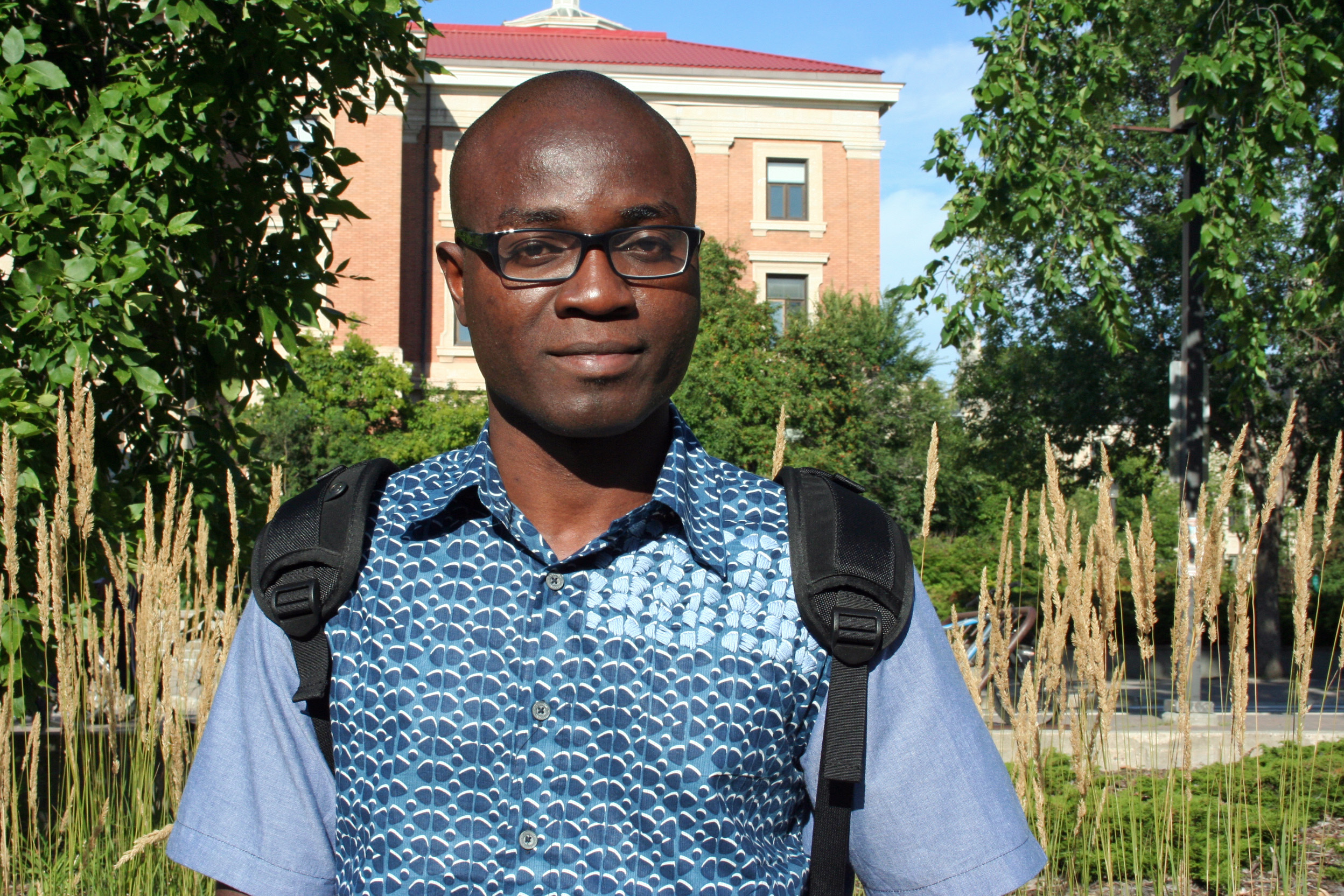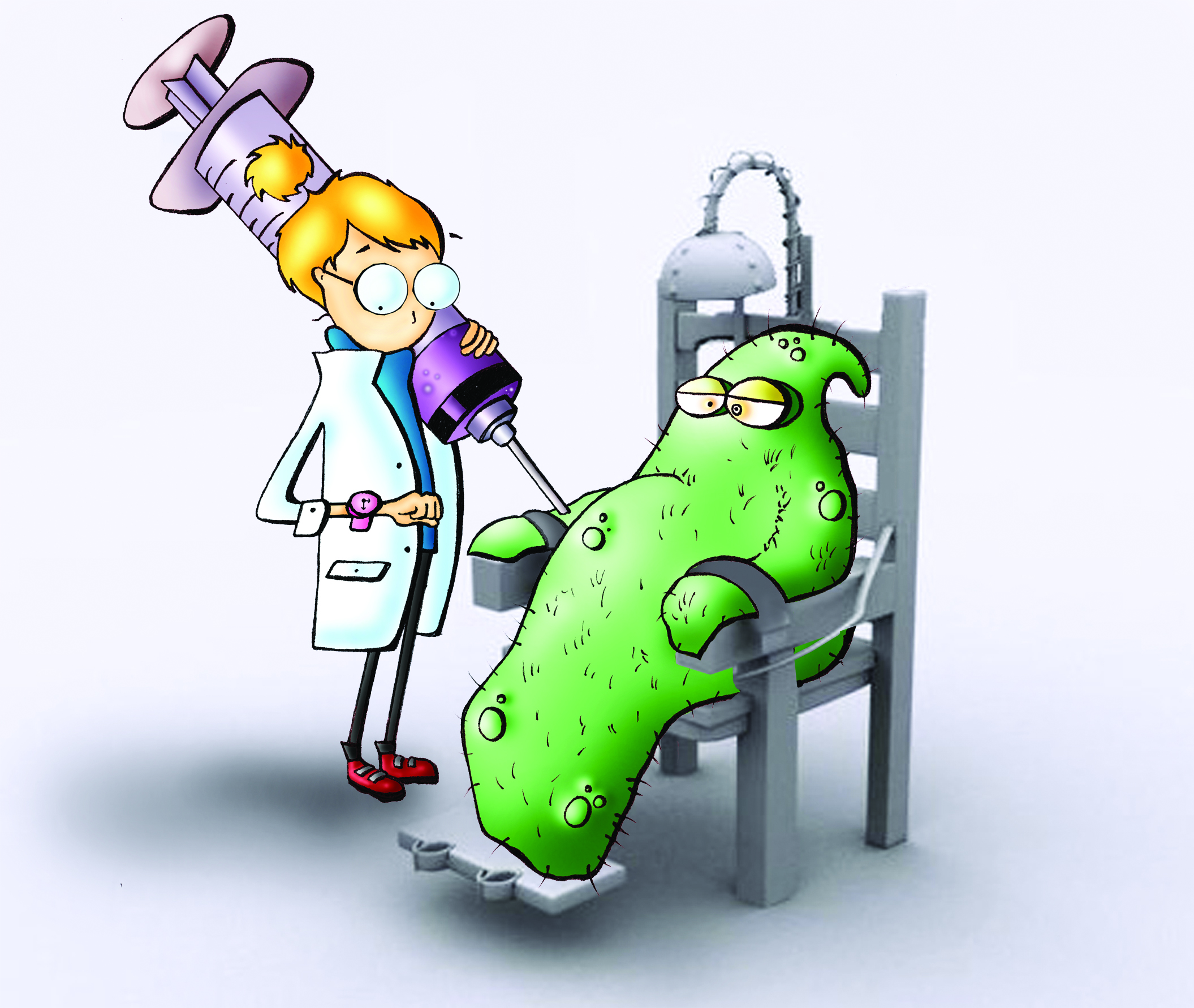As a student one could argue that working towards a PhD would lead to a busy enough schedule. Add to that training to become an Olympic athlete and then you will have more of a sense of what it’s like to be Leila Mostaço-Guidolin.
Originally hailing from Brazil, Mostaço-Guidolin moved to Winnipeg after completing her undergrad and master’s degrees at the University of Sao Paulo. Relocating from sunny Brazil to frigid Manitoba to pursue a PhD in biomedical engineering through the University of Manitoba, she soon found that Winnipeg winters do have their plus side.
“I was always crazy about sports, so when I moved here a friend of mine took me skiing one day and I just loved it,” said Mostaço-Guidolin with excitement in her voice. “I started thinking about training, and started racing.”
Mostaço-Guidolin travelled to Ushuaia, Argentina last year to compete in the XI Brazilian National Cross-Country Ski Championship. After winning the 10 kilometre race she was asked to join the Brazilian Team and has now set her sights on the 2018 Olympic games.
This overachieving super athlete was able to spare an hour from her astonishingly busy schedule to sit down with the Gradzette over coffee. Not surprisingly, she had just come from a competitive run at Birds Hill Park, one of many ways she trains during the off-season.
When Mostaço-Guidolin isn’t perfecting her thesis research at the National Research Council of Canada, she can be found training, skiing, or competing in biathlons. She has been studying the characteristics of atherosclerotic plaque through the use of new imaging technology called non-linear optical microscopy.
“Right now all the imaging methods that are available are not able to get this biochemical information,” said Mostaço-Guidolin. “MRI can get a very good image showing where the bump is inside of the artery, ultrasound can [show] probably how much of the artery is blocked, but none of them can tell you how much lipids are inside of the plug or how much collagen is in there. [Through] my studies basically we are characterizing the plug in terms of the biochemical components.”
Atherosclerotic plaque builds up in arteries within the human body where there are lesions or weaknesses. These build ups can eventually plug the artery and lead to heart attack or stroke. As Mostaço-Guidolin puts it, research around atherosclerotic plaque build up can be most easily compared to a lake that has frozen during the winter.
“Just by looking into it, we might be able to estimate if the ice there is thin or thick, or we might be able to see something below the ice, but for sure we wouldn’t be able to distinguish between fish or plants, or any other thing that might be in there,” explained Mostaço-Guidolin. “To actually check how thin is the ice, or if there [are] any fish in there, we would have to open a hole, and then measure the ice thickness. For example, to get more complete and accurate information about [the ice] or what is below the layer of ice.”
Mostaço-Guidolin believes that in the future the use of this new imaging technology may be a way to identify lesions and predict plaque vulnerabilities, which could potentially help with early prevention of major diseases, such as heart attacks and strokes.
While non-linear optical microscopes may in fact be the wave of the future, she does admit that it is an imaging technology that has not yet been perfected.
“The only problem with this technique right now is you are not able to [use it] in vivo,” said Mostaço-Guidolin. “It’s still quite a long way from getting to [use with] a catheter or something that people would be able to just put inside of a vessel and look at it, but it has been very promising [and has] generated some results towards that.”
For now, this graduate student is already providing new information through her research about the benefits of this imaging technique, and will now prepare to write her thesis paper, while diligently working towards her dream of Olympic grandeur.
“First I have to get qualified for the world championship in 2015 and 2017, so that’s my main goal right now,” states Mostaço-Guidolin. “Those are my requirements for the Olympics.”
This article was originally published in the Gradzette.




